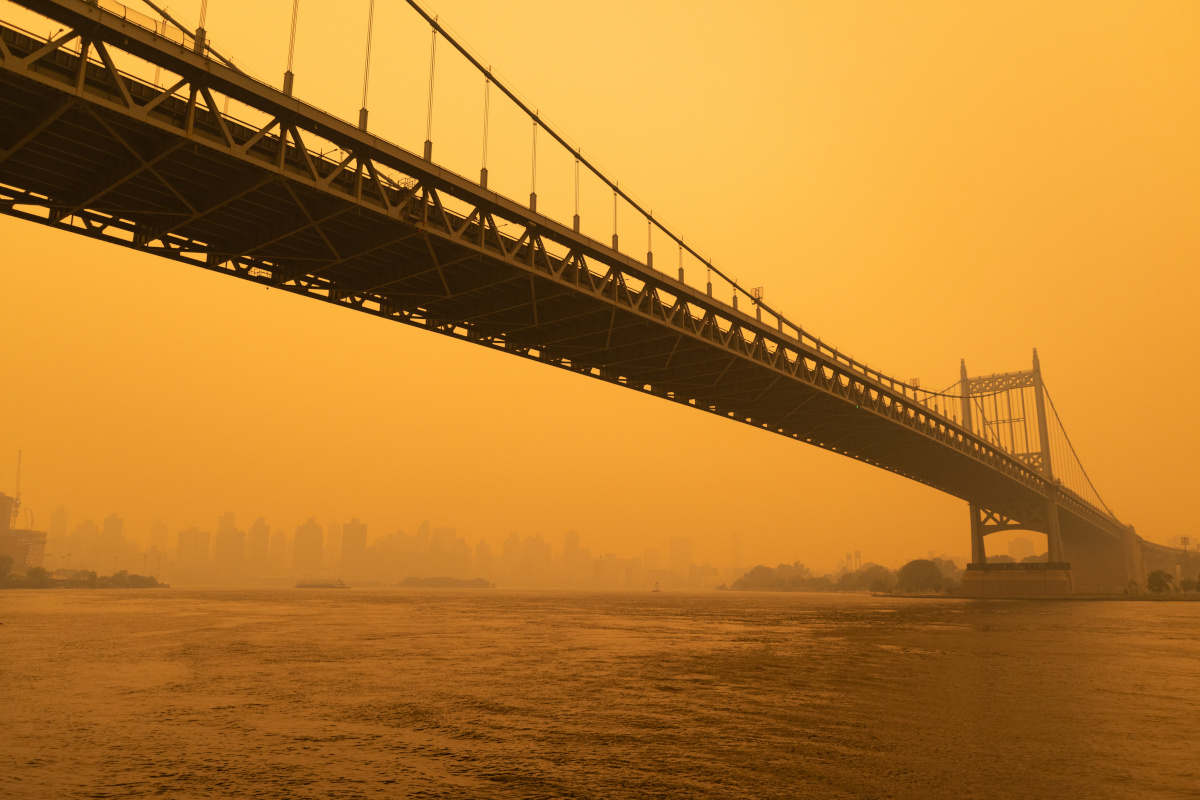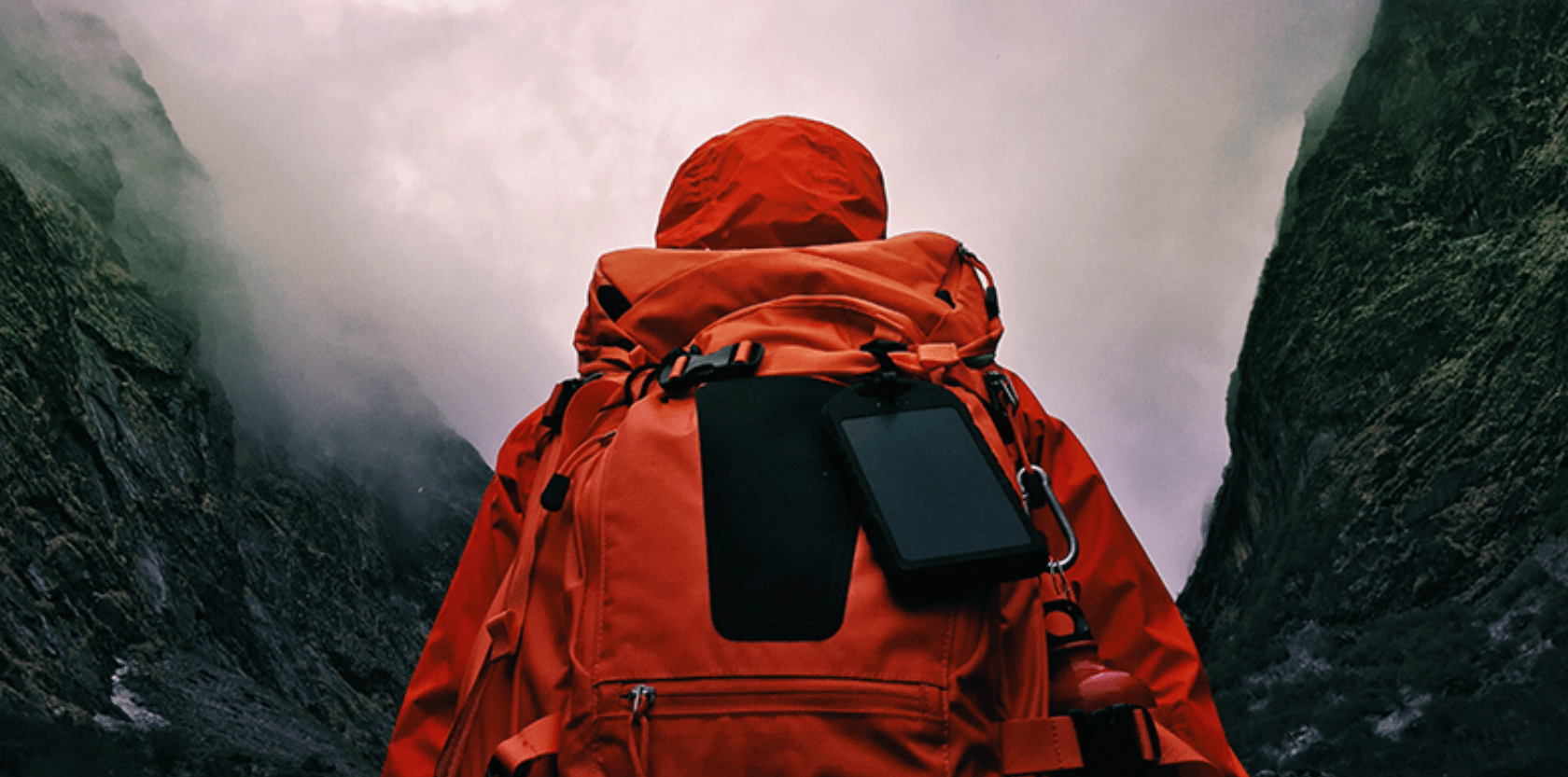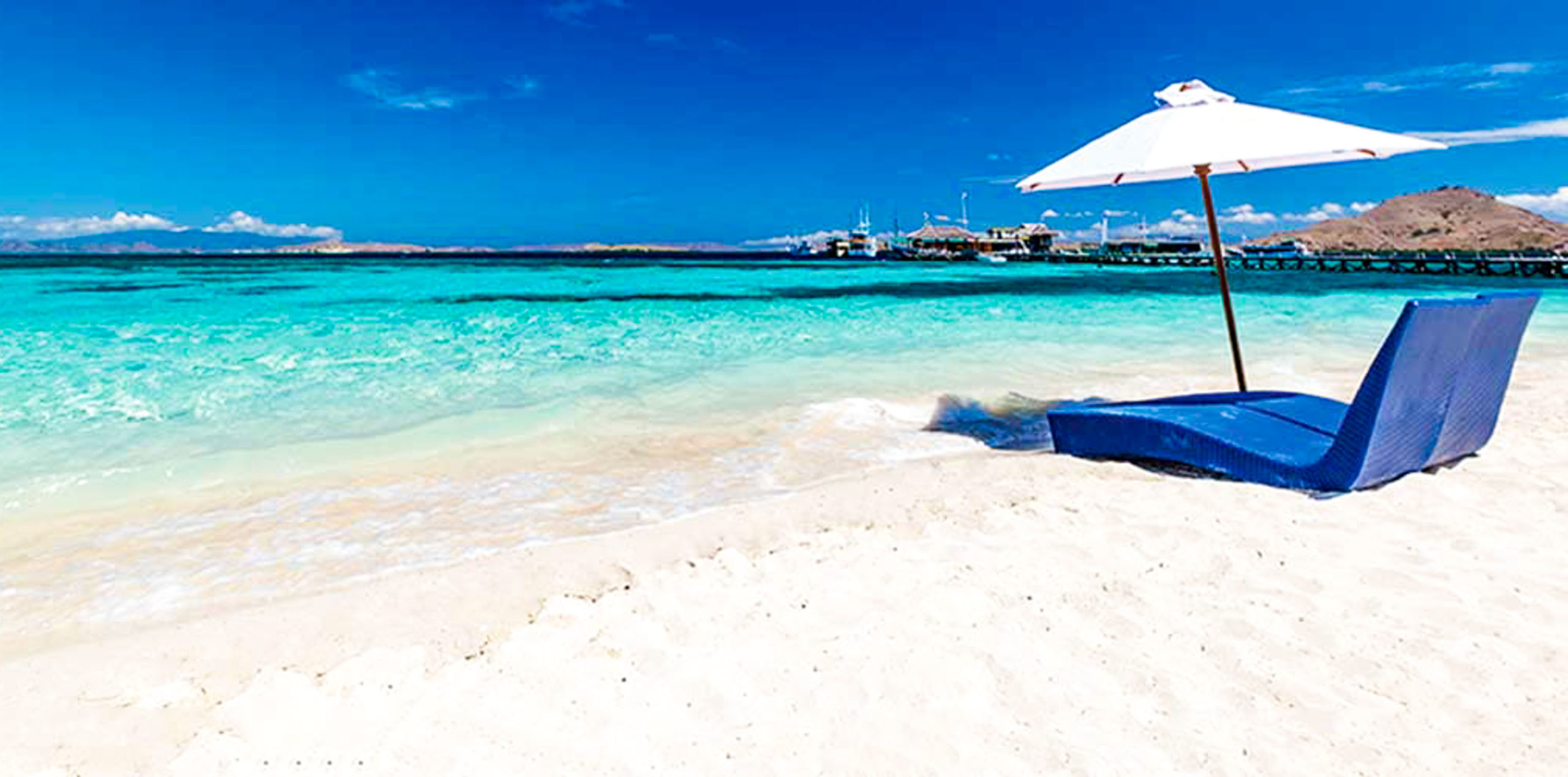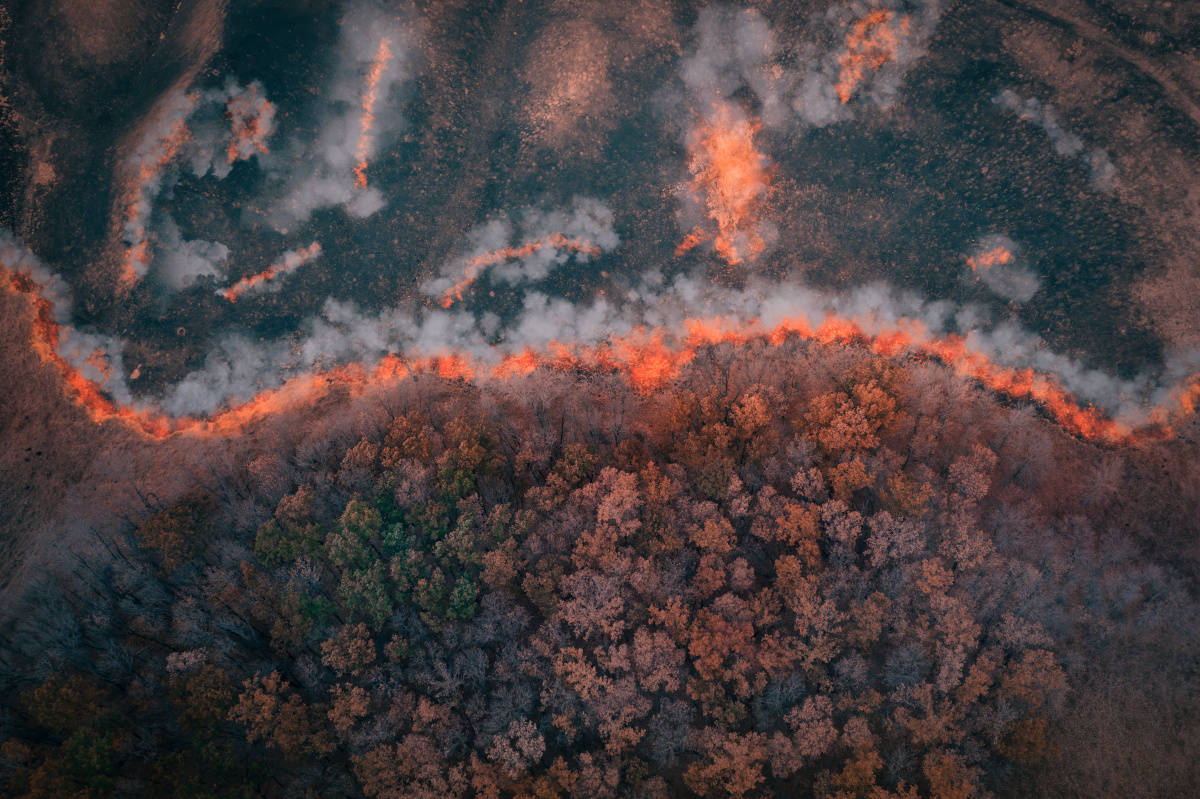
Wildfires and Travel Insurance: Are You Covered?
How Travel Insurance Protects You from Wildfires
It's hard to escape the fact that wildfires are happening more often across the world. Whether you live in an at-risk region or you're planning to travel to one, the chances of a disruption to your travel plans have never been higher during wildfire season, which typically lasts from summer to early winter.
For travelers, this can be confusing and can raise various questions: Does travel insurance cover wildfires? Does a wildfire count as a weather-related disaster? Do travelers need special high-risk travel insurance if they are visiting a fire-prone region? These are all questions that can come up when researching travel insurance for natural disasters and wildfires.
Let's take a look at what you need to know about wildfires travel insurance and what Redpoint Travel Protection offers.
Unlike some other natural disasters which can be forecast or predicted, wildfires can start at any moment with little prior warning. Dry weather, reduced rainfall, and warmer temperatures in fire-prone regions all mean that fires are becoming more intense and spreading faster than before. The danger and unpredictability presented by wildfires mean that travel insurance coverage is essential if you're traveling to an affected region.
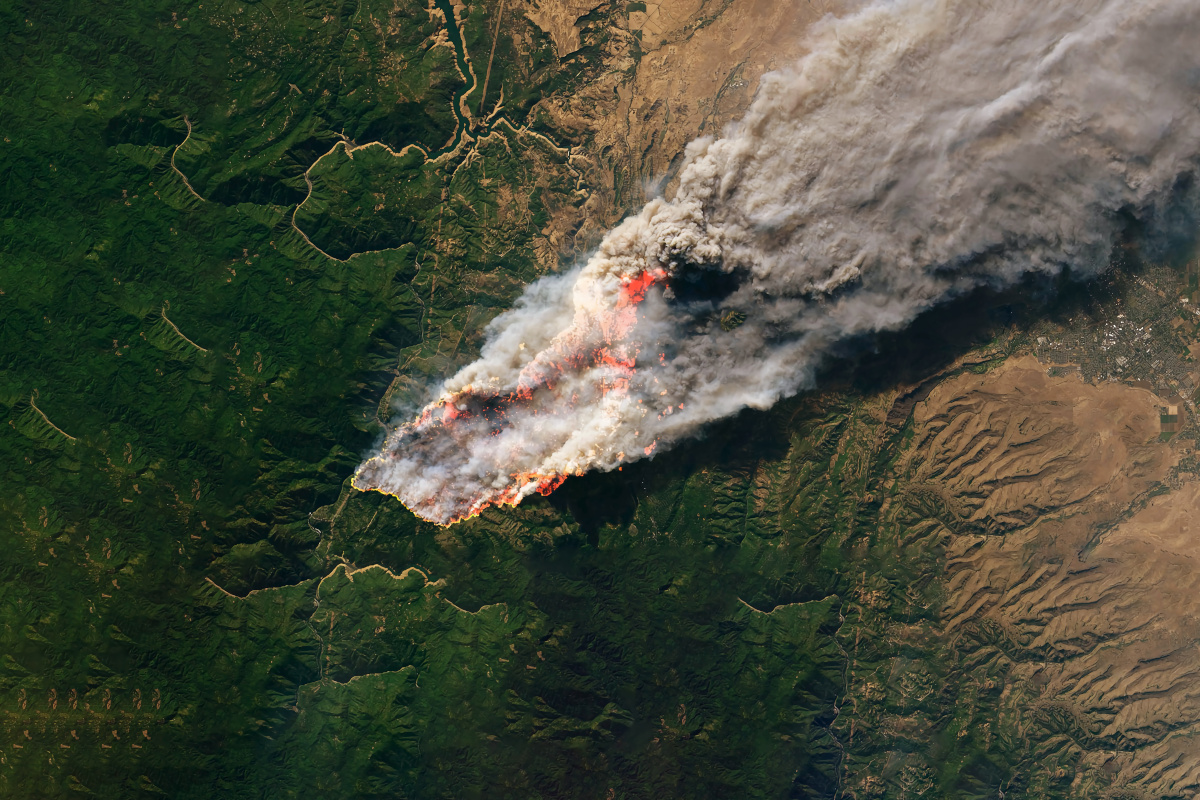
Are Wildfires Covered by Travel Insurance?
Generally speaking, wildfires are covered by travel insurance, but the extent of the coverage — and the policy benefit you can make a claim under — will be context-dependent. First and foremost, for a fire to be covered, it must be an “unforeseen event.” Which means it must have begun after you booked your trip and bought your policy. Let’s take a look at the specific situations that will and won’t be covered, and what policy benefits a claim.
What’s Typically Covered (and What’s Not)
Covered Situations
- Evacuation from affected zones: Let’s say a destination you have traveled to has come under mandatory evacuation by local authorities. If you’re already in this destination and need to urgently leave, this could be covered under trip interruption coverage or emergency evacuation coverage. If you have not yet departed for your trip, you could make a claim for trip cancellation coverage, which would reimburse travelers for any prepaid trip costs.
- Smoke-related delay: If wildfire smoke or severe weather has affected your travel arrangements and/or your journey to an otherwise safe destination (for example, a delayed or cancelled flight, you could make a claim under trip delay coverage. Any additional costs incurred during your travel delay would be covered.
- Cancelled accommodations: Let’s say you’ve booked and prepaid for accommodation that is in an affected area under mandatory evacuation, making it impossible for you to stay there. You could make a claim using your trip interruption coverage if your trip is already underway or trip cancellation coverage if you have not left yet.
- Emergency medical if injured in a fire zone: If you experience an injury while trying to escape or evacuate a region affected by fire, your medical care would be covered under your emergency medical insurance coverage.
Not Typically Covered
- Pre-existing wildfires booked after advisory: If you booked your trip and purchased your travel insurance policy when a wildfire was already underway, or after a destination had already been deemed unsafe and ordered for evacuation, you will not be able to make a successful claim.
- Changing your mind due to general concern: If you’d prefer not to go on your trip due to a general risk of fire, or because a recent fire means a destination is currently damaged or recovering, but otherwise safe to visit, a travel insurance claim likely won’t be approved.
- Poor air quality without official advisories: If your destination has poor air quality due to a recent fire, or a current fire that’s nearby or contained, you likely can’t make an insurance claim if the destination itself has not been deemed unsafe or ordered for evacuation.
Redpoint Plans for Wildfire Risk
Redpoint has different plans that offer different levels of protection depending on your trip and risk level. Ripcord is our most extensive coverage option for remote or rural destinations, with maximum coverage for emergency evacuations. Cavalry is for urban or luxury travel, but it also offers emergency evacuation coverage.
Should You Add Cancel For Any Reason (CFAR)?
If you’re particularly concerned that wildfire season may affect a trip you have planned, then a great option is to add Cancel For Any Reason (CFAR) coverage to your policy. This is to help bridge the gap in any wildfire-related cancellations. This policy benefit allows you to do exactly what the name suggests: Cancel your trip for any reason, not just a weather event that’s considered a “covered reason” in your travel insurance policy’s wording. So if you have a heightened concern or anxiety around wildfire risk, CFAR can help put your mind at ease.
Just keep in mind that in order for CFAR to be valid, it must be purchased within a certain time window (typically 14-21 days) after booking your trip. You cannot add CFAR coverage just because a new wildfire risk has arisen in the days before your trip.
Destinations to Watch for Wildfire Activity
Certain regions of the United States and the world are more prone to fire risk than others. This doesn’t mean you shouldn’t travel to them, but rather, be aware of the potential risks before you go.
- Western United States: The entire western U.S. has seen an uptick in fire risks in recent years, particularly in California, Colorado, Utah, and Oregon.
- Canada: Canada experiences heightened fire risk in the western and northern parts of the country, including British Columbia, Alberta, Saskatchewan, Manitoba, and Ontario.
- Southern Europe: A Mediterranean climate and long dry seasons mean that countries like Italy, Greece, and Spain are seeing longer fire seasons too.
- South America: Chile, Brazil, and Argentina have all experienced more fires in recent years
- Australia: Western Australia, South Australia, Queensland, and Victoria faced record-high temperatures and prolonged droughts, resulting in increased fuel loads and early ignition risk
FAQs About Wildfires and Travel Insurance
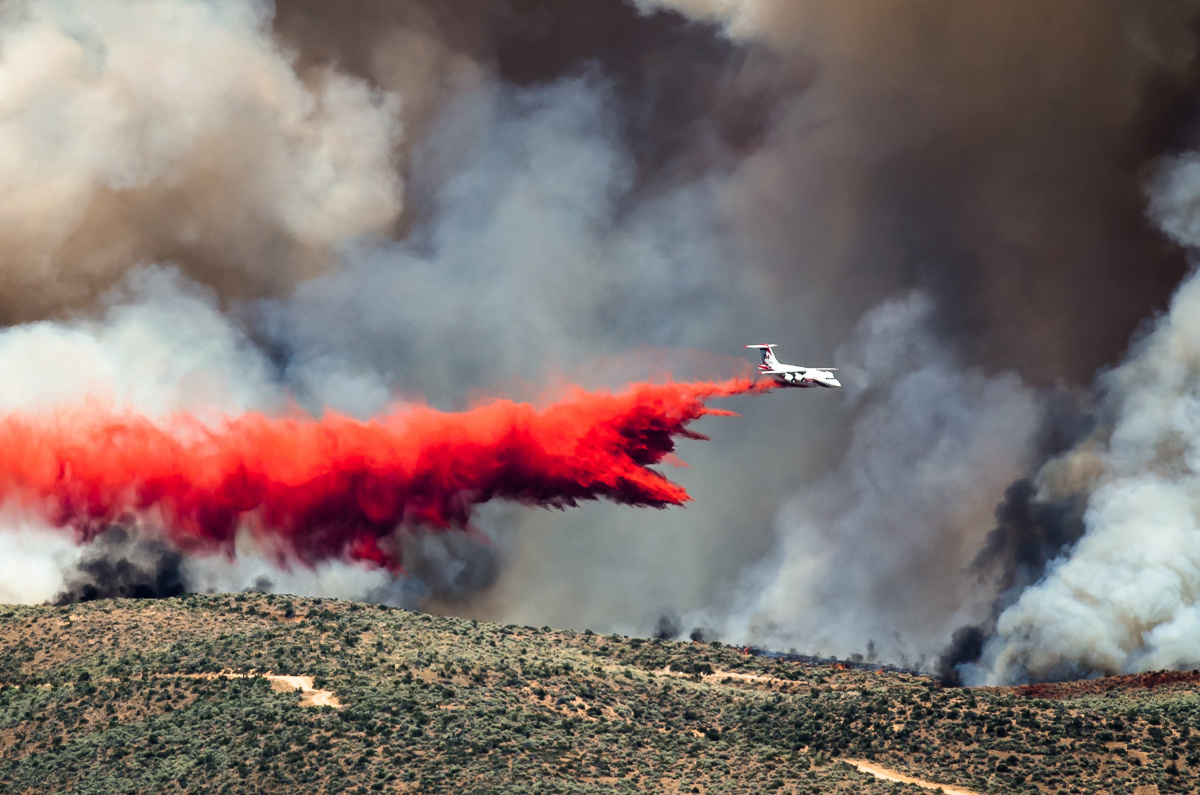
1. Does travel insurance cover wildfires?
2. What if my destination is impacted by a wildfire?
3. Can I cancel my trip due to wildfire smoke or air quality?
4. Is evacuation covered during a wildfire?
5. Which Redpoint plan covers wildfire-related issues?
Protect Your Trip from Wildfire Disruption
Wildfire risk is real, but it’s not a reason to cancel or curtail your trip plans during wildfire season. A comprehensive wildfire travel insurance policy from Redpoint means you can travel with confidence and the reassurance that you’re covered if something goes wrong. It will protect your trip from smoke, shutdowns, and last-minute changes. Explore Redpoint’s plans today.
